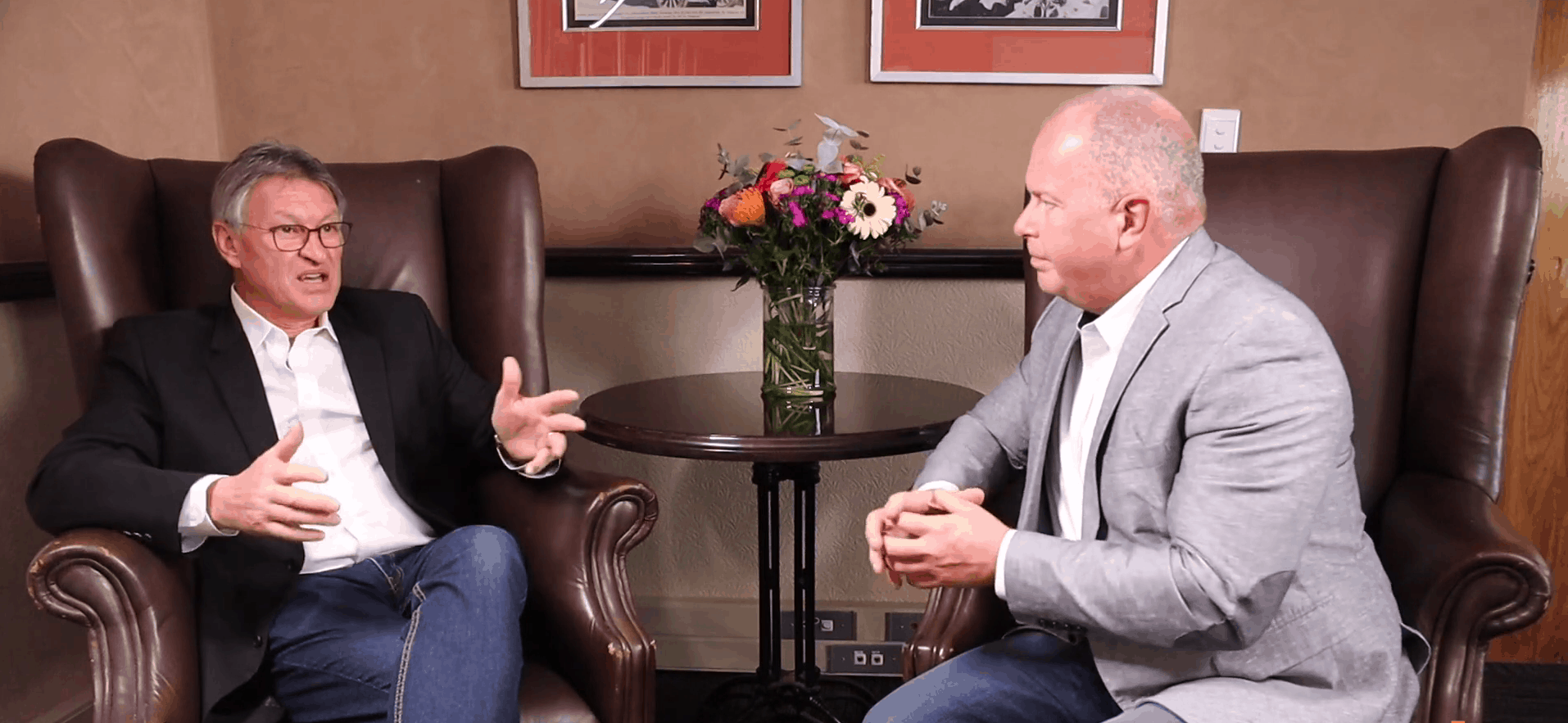Innovation, growth and development cannot occur by pretending we live in a world that has long since passed us by. Leading in the 21st Century affords no safe haven for 20th Century thinkers. Old, static, institutionalized thinking will gate the pace of forward progress faster than just about anything. If you want to expose yourself as an out of touch, dated leader, keep trying to address today’s issues and opportunities with yesterday’s thinking.
Let’s get right to it – history is useful for many things, but the experience and wisdom acquired from days gone by should be a springboard to the future, not an excuse for living in the past. Smart leaders simply don’t waste precious resources on refining initiatives – they invest in reimagination efforts. Leaders would be well served to apply reimagination to all aspects of their business, but particularly with regard to constantly reimagining how they lead.
Examine any study on the rate of change, and you’ll find we’re living in an unprecedented time. The rate of change is clearly outpacing most leaders ability to learn and unlearn. Many leaders struggle to remain current, much less find a way to move ahead of the curve. Here’s the thing – if leaders are stuck in the past, their organizations will be forced to travel a very rough road to the future.
The best leaders understand the present is nothing more than a platform for the envisioning of, and positioning for, the future. If you want to lead more effectively, shorten the distance between the future and present. Inspiring innovation and leading change call for more than process– they require the adoption of a cultural mindset. Leaders who protect the status quo through control must surrender to change in order to secure the future for their organization. Don’t be the leader who rewards herd mentality, and me too thinking. Don’t be the leader who encourages people not to fail or not to take risks. Be the leader who both models and gives permission to do the exact opposite of the aforementioned – be a leader who leads.
Smart leaders challenge everything – especially conventional thought, best practices, and dominant logic. When I refer to dominant logic I’m referencing existing behaviors/practices, which lock companies into a pattern of once productive thinking that no longer is (false truths held as real). Anything in business can be improved, everything can be reimagined, and many things can flat out be eliminated. The trick is knowing what items to focus on. While the following list is clearly not exhaustive, it identifies 10 things all leaders should challenge:
1. Challenge The Foundation – Bad things happen when your foundation is shaky. If the core values, vision, and strategy aren’t sound and aligned, everything else will suffer. If you don’t have a clearly articulated direction and purpose, how can you expect to achieve the right outcomes? The best leaders stand for something bigger than themselves, and they’re driven by more than just profit motive. They understand the value of a purpose driven business. If what I’ve just said doesn’t make any sense, it’s time to start the reimagination process.
2. Challenge The Destination – Leadership isn’t destination based – it’s a continuum. Great leaders think beyond the outcome. They think about what if and what’s next. They don’t get trapped in the journey to a specific destination, but remain in constant search of discovery in order to seek new and better opportunities.
3. Challenge The Promise – Is your brand promise on target? Is it deliverable? Is it sustainable? If you cannot keep your promise to customers, you won’t have much of a business to worry about. Few things hinder the advance of a business like a brand in need of a refresh.
4. Challenge the Model – Not all business models are created equal. Furthermore, just because you have a business model doesn’t mean it’s the right one, or that it’s sustainable. Break the business model down from the revenue engine all the way down to the distribution model and delivery strategy. Does it afford you a competitive advantage moving forward, or does it need to be reimagined?
5. Challenge The Information – Not all inputs are created equal. Don’t think big data – think good data. Smart leaders understand there’s a difference between gut instincts, data, information and knowledge. Furthermore, as much as some don’t want to hear this, opinion and theory aren’t always synonymous with fact and reality. Agendas and bias often pervade the information flow, so trust and credibility must factor in when assessing information quality. Always challenge the information, but recognize there’s a difference between being a skeptic and being discerning. Lastly, it’s always worth reimagining how you process information to yield better decisions.
6. Challenge The Organization – I’ve been around long enough to see almost every type of organizational design come and go, only to come again. A great example of this would be Matrix organizations, or what I call the corporate version of the Matrix Trilogy. The Matrix model has been around for nearly 30 years. While many organizations have killed the Matrix, some have readopted it, others have remained trapped in the Matrix for decades, but virtually every large enterprise using it is over-matrixed. I can think of no better target for reimagination than the Matrix. Where’s Neo when you need him? For those of you not trapped in the Matrix, you’re not off the hook. Any organizational structure can be reimagined and improved.
7. Challenge The Culture – Every organization has a culture. Some are carefully created and curated by design, and others evolve by default. Some are toxic; some are barely surviving on life support, while others are healthy and vibrant. The bottom line is culture can be a significant asset or a tremendous liability. The thing about cultural dynamics is they can change very rapidly – either in your favor or against it. Leaders who fail to constantly challenge cultural norms and constructs are failing themselves and those they lead.
8. Challenge The Talent – Many things benefit from compromise, but talent is not one of them. If you settle for anything less than acquiring, deploying, developing, and retaining the best talent possible, shame on you. I’ve often said, leaders deserve the teams they build. If you cannot seamlessly mobilize and deploy the best talent to your greatest opportunities or your biggest risks you have a problem. If succession isn’t an enterprise wide concern there is trouble on the horizon. If leadership development is just a buzzword and not a point of emphasis you won’t remain competitive. The areas of leadership development, organizational development, and talent acquisition should constantly be challenged and reimagined.
9. Challenge The Complex – Don’t fall into the trap of believing sophistication is synonymous with complexity – it’s not. Great leaders challenge all things complex, and if they’re smart, they look to simplify everything. Whether it’s strategy, organization, process, or execution, if it’s complex it needs to be reimagined.
10. Challenge Yourself – The truth is most leaders are skilled at challenging others, but are woefully inadequate when it comes to challenging themselves, or allowing others to challenge them. When leaders hold themselves to a higher standard of rigor, discipline, accountability, and transparency everyone wins.
What did I miss? Thoughts?







